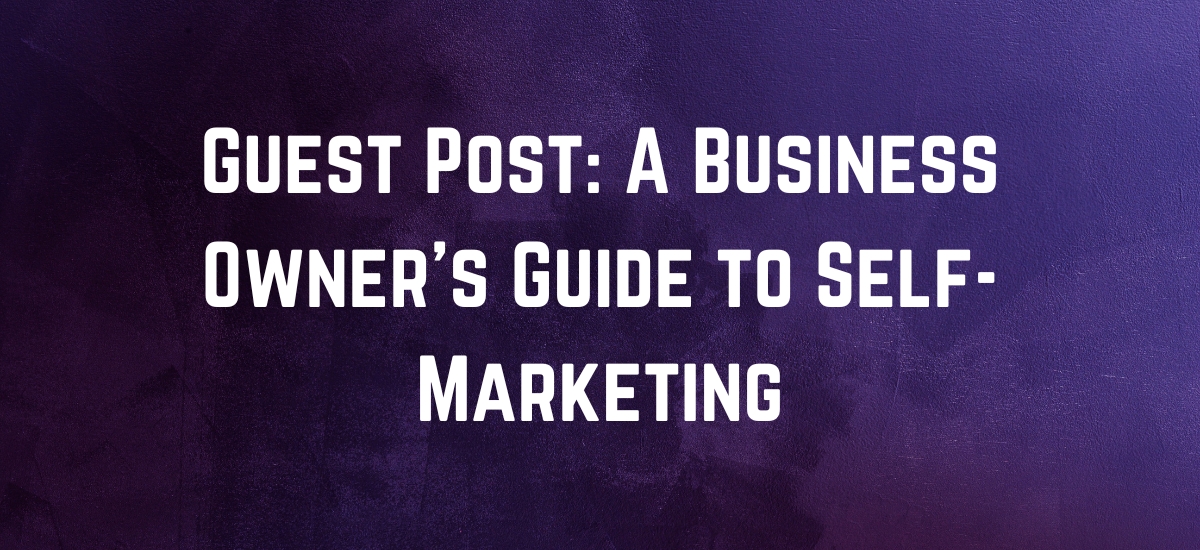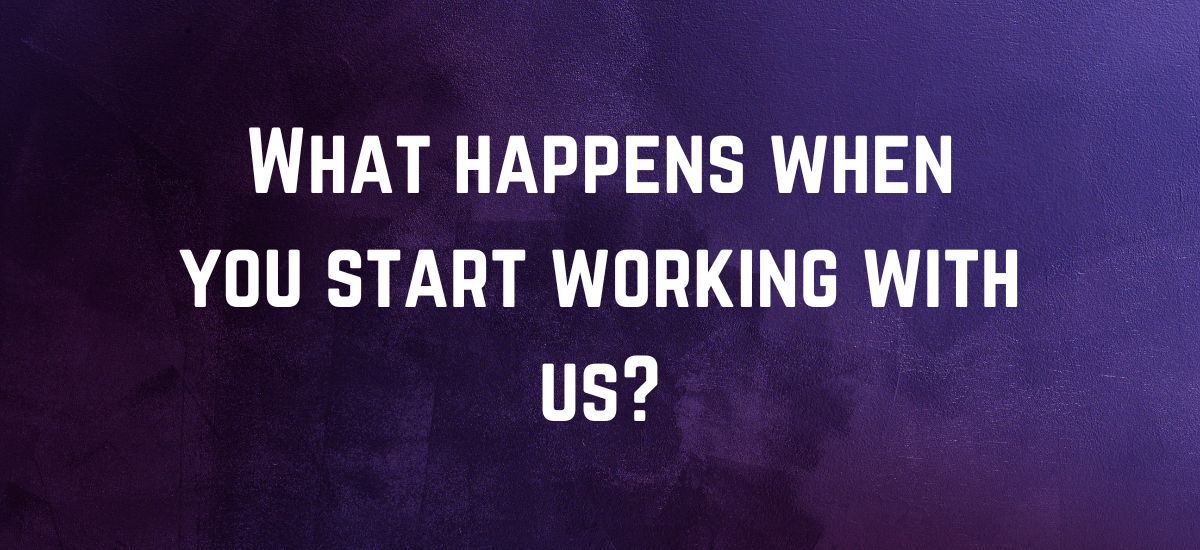by deborah
Share
by deborah
Share

A virtual influencer is a fictional character created via social media platforms and CGI technology.
Unlike social media influencers who are real people, a virtual influencer is not a real, physical person. There may be a specific person who models for or voices the character, but the character itself is a fictional project created by a team of developers, social media experts, and more.
Like a traditional social media influencer, a virtual influencer will post photos, videos, blogs, and other content about their day-to-day lives. This can include promoting certain products or lifestyles, as well as participating in brand deals with major companies and fashion labels.
In this article, we will discuss how virtual influencers work and why they are growing in popularity. Keep reading to learn about 3 of the top virtual influencers in 2022!
What is a Virtual Influencer?
Virtual influencers can work in a variety of different ways, depending on what social media platforms they use and the type of technology used to create them.
There are three main ways to create a virtual influencer:
- Photos: Creating photos of a virtual influencer is relatively straightforward. The creator will need good photography equipment as well as a computer program for creating CGI images. With the images created, the creator or team behind the virtual influencer account can simply fill in the captions and other information as needed.
- Video: Video virtual influencers are a bit trickier and require more complex technology. In most cases, motion capture technology will be used in tandem with CGI animation to create a semi-living and breathing virtual influencer that can move and speak in both recorded and live videos.
- Hybrid: Most of the more popular virtual influencers will operate according to a hybrid approach that combines both photos and video to create the illusion of a real person.
While virtual influencers do not generally claim to be real people, they will often incorporate a narrative element that explains their existence within their fictionalized reality. For instance, many will claim to be robots living amongst humans.
Why are Virtual Influencers Growing in Popularity?
In March 2022, Social Media Today surveyed 1000+ social media users in the U.S. to examine how popular virtual influencers have become. This survey uncovered that:
- 58% of respondents follow at least one virtual influencer
- 35% of respondents stated they bought products promoted by virtual influencers
- The leading reasons for following virtual influencers were enjoying the content (27%), storytelling (19%), and inspiration (15%).
Additionally, an HypeAuditor analysis of virtual influencer audience data revealed that the core audience of virtual influencers is girls and women between the ages of 13 to 34.
This growth in popularity of virtual influencers has to do with the relatability and intrigue these characters offer. Due to being fictional, a virtual influencer can have a vivid backstory that is relatable to many people, while also being outlandish enough to capture an audience’s attention with storytelling.
3 Examples of Popular Virtual Influencers
If you’ve never heard of virtual influencers before, the whole concept may sound out of this world – and in many ways, it is!
Here are 3 examples of popular virtual influencers currently active on social media:
1. Lil Miquela
Lil Miquela – also called Miquela Sousa – is easily one of the most well-known virtual influencers. Since the initial beginning of the Lil Miquela project in 2016, Miquela has amassed a following of more than 3 million people on Instagram and garnered the attention of major publications such as Vox and The Cut.
Despite being a fictional character, Miquela has achieved a high level of real-life success. The virtual influencer has modeled for top fashion brands such as Prada, Calvin Klein, and Supreme, as well as secured many major brand deals – with an estimated yearly earning of more than. £8,960,000 (USD $11,686,662).
Within the Lil Miquela universe are other fictional influencers including Bermuda (@bermudaisbae on Instagram) and Blawko (@blawko22 on Instagram).
2. CodeMiko
CodeMiko is a virtual influencer that primarily uses the streaming platform Twitch and YouTube (@CodeMiko on both), as her main social media platforms. Unlike Lil Miquela who has a team of people working to create her, CodeMiko is the product of one person’s imagination – Youna Kang, aka “The Technician.”
Along with developing and engineering, Youna Kang also plays the role of CodeMiko during live streams using facial and motion body capture technology. CodeMiko is a type of virtual influencer called a “VTuber” – animated avatars that are produced using motion capture technology on an actual person.
CodeMiko’s live streams are very popular on Twitch thanks to the many interactive elements that allow viewers to change her appearance, cause special events to occur, and more. In the recent 2022 Streamer Awards, CodeMiko was honored with the award for Best VTuber Streamer.
3. Knox Frost
Like Lil Miquela, Knox Frost (@knoxfrost on Instagram) is a completely fictional character and influencer created using CGI technology. However, while Miquela is used for more traditional influencer brand deals, Knox Frost has a more unique focus on social advocacy.
In 2020, Knox Frost partnered with the World Health Organization to promote safe Covid-19 practices to his more than 600K followers on Instagram.
Virtual influencers may provide a unique way for financial markets businesses to market in the new world.





